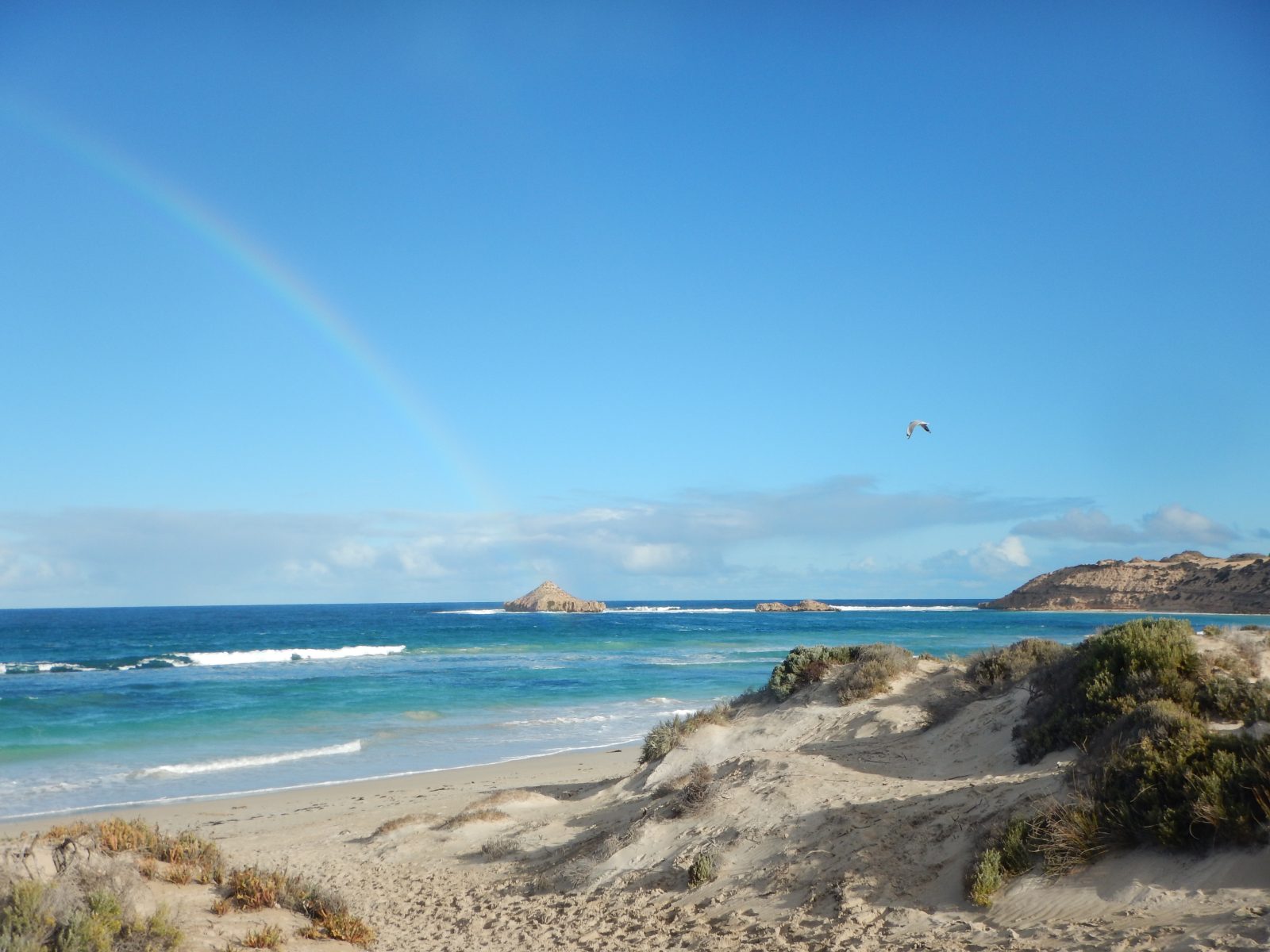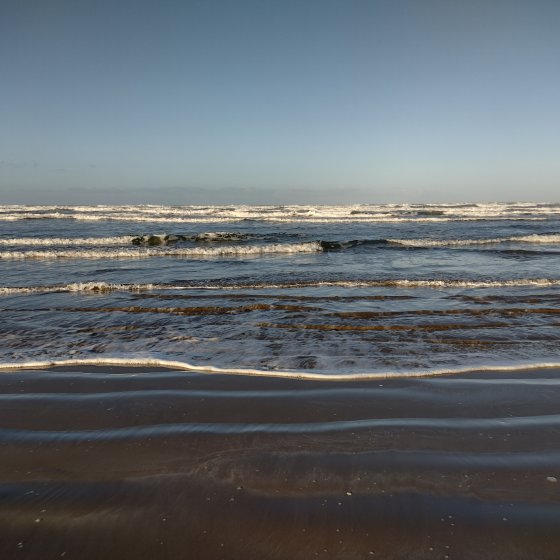More than 5,000 km of South Australia’s coastline (mainland and islands) and more than 60,000 km2 of adjacent marine waters make up the South Australian coastal zone. Around 90% of South Australians live within 50 km of the coast, with 75% being within the Greater Adelaide region.
About 85% of southern Australia’s marine life is not found anywhere else in the world. Protecting and conserving marine ecosystems is crucial to maintain their integrity and the services they provide.
- Home
- Environmental Themes
- Sea
- Key Messages
Key Messages
South Australia
- Our coasts are losing their natural resilience and are less able to protect themselves from wind, tidal surges and wave action caused by storms. Coastal erosion, habitat modification, coastal developments, pollution, sea-level rise and seagrass loss all impact coastal resilience. These pressures and impacts will worsen with the effects of climate change decreasing the resilience of our coast even further.
- Coastal habitats across South Australia have the capacity to capture 3.6% of the greenhouse gases produced in our state. Mangroves and saltmarshes lock away more carbon per hectare than seagrass. However, seagrass locks away more carbon in total, as it covers a larger area. The Blue Carbon Strategy for South Australia released in 2019, sets a path for protecting and restoring valuable vegetated ecosystems along South Australia's coastline, including mangroves, saltmarsh and seagrass meadows. These aquatic plant communities store carbon in their living biomass and, even more significantly, in their anoxic soils. Blue carbon ecosystems can store up to four times as much carbon per area than land-based forests over hundreds and thousands of years.
- Pollution from various sources including urban stormwater and wastewater is an ever-increasing threat to the condition of South Australia’s coastal waters. Urban stormwater needs to be managed more effectively to reduce volumes and pollutants that are present in stormwater prior to discharge into the marine environment. Microplastics are also becoming more of an increasing threat to our marine environment.
- COVID-19 saw a large increase in numbers of tourists holidaying in South Australia with the restrictions on interstate and overseas travel. In addition, promotion of locations within social media also creates increased visitation, for example, at Perlubie Beach. This resulted in damage to beaches, dunes and coastal vegetation from people four-wheel driving off existing tracks, an increased footprint of campers, collecting wood for campfires and rubbish from toileting and general use. The Eyes on Eyre Project has been implemented to improve experiences for tourists within the region while protecting the environment that supports this important industry. This has resulted in better environmental outcomes as the booking system records personal details, which directs accountability towards campers. Note: Tourism impacts have also been observed in other South Australian regions.
- Consultation with regional agencies and other government departments responsible for managing coastal and marine ecosystems has indicated that undertaking compliance checks to ensure that people and industry are doing the right thing is challenging due to the area of coverage that is required across South Australia’s coastline. Expanding and facilitating cross-authorisation of compliance officers may enable a greater coverage of compliance activities across our regional coastlines.
- There are multiple pressures on our oceans that are currently not considered from a cumulative perspective. Monitoring and reporting of different aspects of the marine environment is undertaken independently by a number of organisations. A more integrated and coordinated approach and adopting ecosystem-based management would assist in delivering better environmental outcomes.
- The lack of coordination and integration between government agencies in the management of our coastal ecosystems and marine environment was recognised as an issue in the Australia State of the Environment Report 2021. A Sustainable Oceans Plan is currently being developed by the Australian Government in consultation with other stakeholders.
- We need to better engage with and integrate the knowledge of Aboriginal people when managing and restoring our coast and marine environments.
Australia
The Australia State of the Environment Report 2021 has indicated that for our coasts and marine environment within Australia:
- protection of our coastal vegetation such as mangroves, saltmarshes and seagrass is critical as they act as a carbon sink and help protect against extreme weather events resulting from climate change
- pressures on our coasts are worsening. The greatest pressure is climate change, which is affecting water temperature, sea levels, salinity, acidification, circulation and nutrients. Pollution such as plastic debris, sediments and nutrients also impacts our oceans. Invasive species continue to be a threat to coastal ecosystems
- responses to impacts from climate change are still in their infancy and are not adequate for protecting our ecosystems and coastal habitats. Restoration and conservation will help offer protection from extreme weather events and enhance biodiversity and ecosystem services
- coastal management is fragmented across all levels of government. There needs to be a more consistent and coordinated approach to managing coastal ecosystems in Australia. Levels of protection and effectiveness of marine parks to protect coastlines across Australia are inadequate, and policy guidance to address specific pressures is largely ad hoc and by sector, or absent
- overall marine habitats are in reasonable stable condition. However, reefs are in poor condition mostly due to climate change and other cumulative pressures. Scientific knowledge of these systems is improving, but Australia’s deep sea habitats are still poorly understood
- an integrated, co-designed monitoring and management framework is needed for Australia’s coastal and marine environments and requires a holistic approach to manage cumulative effects
- Indigenous input needs to be strengthened when developing plans and policies to protect our marine environment.

